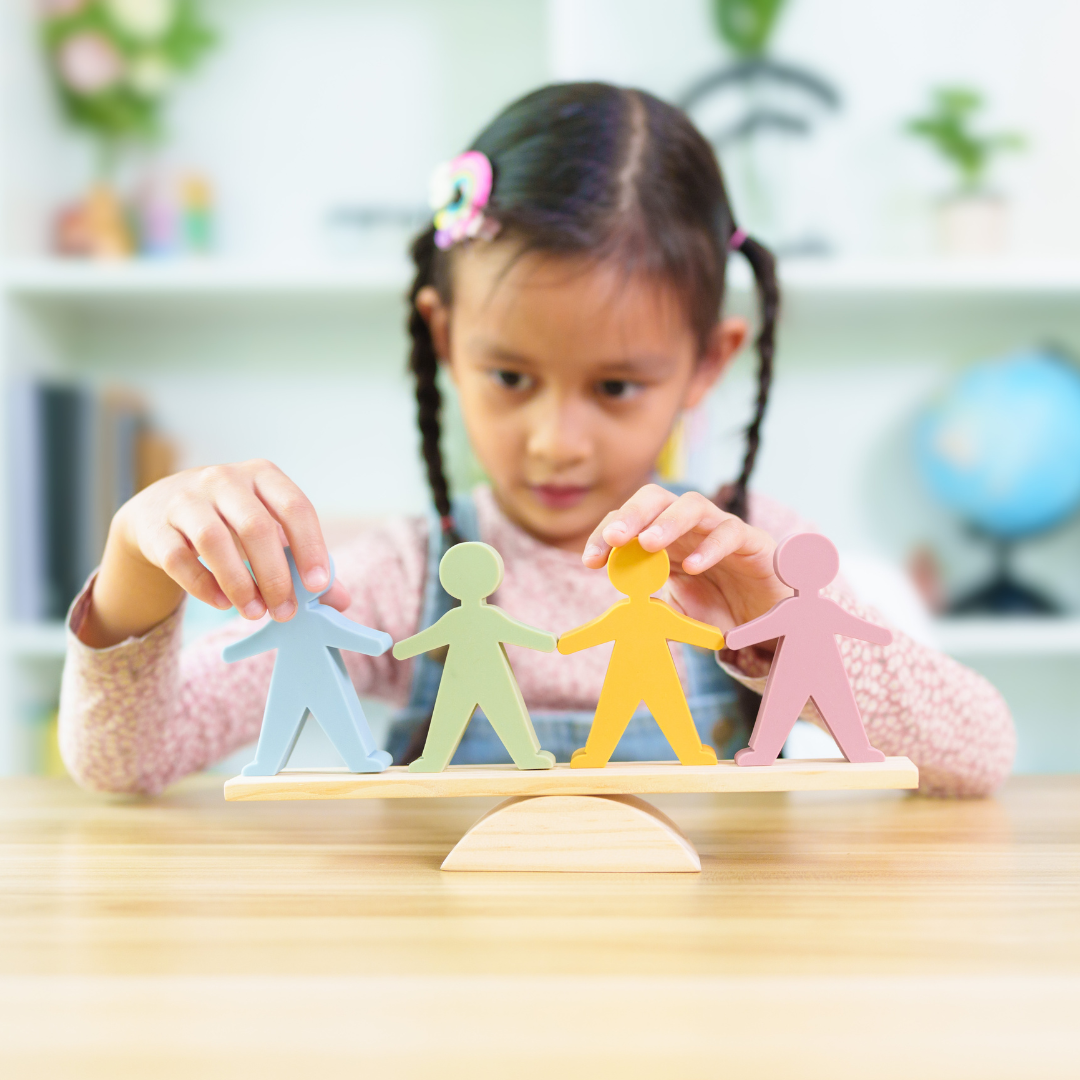Look At Me!
Looking at people when they are talking to you is a vital social skill. It shows the other person that you are interested in them and in what they have to say. Most children learn this skill very early in life. However, some children find ‘eye-contact’ difficult. Does your child look at the floor, the ceiling or to the side? Unfortunately, this may give the impression that a child is unfriendly, vague or rude.
Does your child find it hard to look at you when he is in the listener role? Perhaps when your child is talking, she finds it almost impossible to look at the other person? There are many different reasons as to why each of these scenarios is difficult, and a speech pathologist can help.
Your speech pathologist will constantly be trying to maximise your son or daughter’s eye-contact skills. You can assist us by talking to your child about why looking at the person’s eyes when they are talking/listening is important. For example:
“It’s important that you look at a person’s eyes when he or she is speaking. It shows them that you are interested in them and that you are listening. If you don’t look at the teacher when she is asking a question, she might think that you’re not listening. If you don’t look at the other kids when they talk to you, they might think that you don’t want to play with them. It’s also important for you to look at others when you speak to them. This helps the other person know that you are speaking to them.”
- Remind your child to look at you before you start speaking.
- If possible, stop speaking if your child looks away.
- Encourage your child to look at you for 3 – 5 seconds then ‘take a break’ (look away for 5 seconds) then look at you again.
- Give your child lots of praise if she or he looks at you when you (or she/he) are talking.
- Be specific by praising what your child did well, for example:
- “That was great, you were looking at my face the whole time!”
- “You tried really hard to look at me then, thank you!”
Ask your child to choose one person at home with whom she or he wants to practice using good eye-contact. When your son or daughter has shown improvement with this person, ask your child to pick another practice partner. Some people are more intimidating than others. It is crucial that your child feels comfortable and accepted before eye-contact behaviours will improve. Start with family and friends before moving on to strangers such as shop attendants!
Children with Autism Spectrum Disorder often find eye-contact very challenging and progress in this skill will be slow.
If you have concerns about your child’s eye-contact behaviours, call Box Hill Speech Pathology on 9899 5494 for more information or to book an initial assessment.

